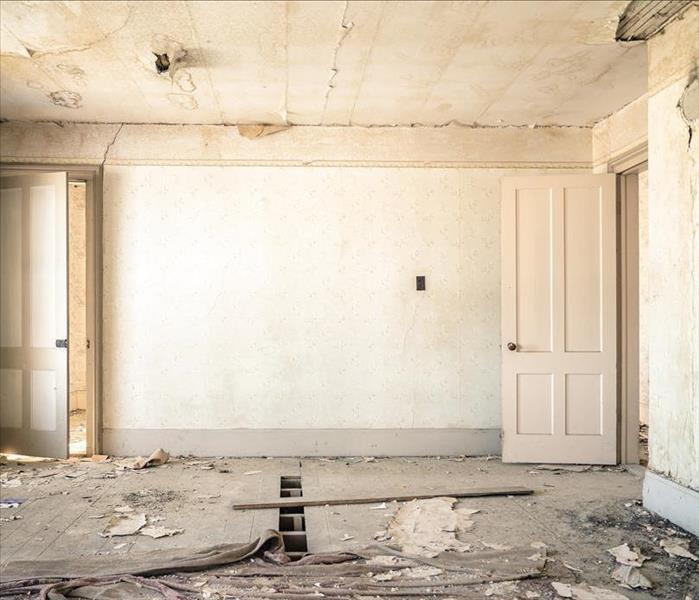How does mold get into the indoor environment?
2/7/2017 (Permalink)
Mold spores can enter your home through open doorways, windows, and heating, ventilation, and air conditioning systems with outdoor air intakes. Spores in the air outside attach themselves to people and animals, making clothing, shoes, bags, and pets convenient vehicles for carrying mold indoors.
Mold spores will flourish when they drop on places where there is excessive moisture. Areas where leakage may have occurred, such as roofs, pipes, walls, plant pots, or where there has been flooding are common for growth. Organic building materials provide suitable nutrients that encourage mold to grow. Wet cellulose materials, including paper and paper products, cardboard, ceiling tiles, wood, and wood products, are particularly conducive for the growth of some molds. Other materials such as dust, paints, wallpaper, insulation materials, drywall, carpet, fabric, and upholstery, commonly support mold growth as well.
Source: cdc.gov






 24/7 Emergency Service
24/7 Emergency Service